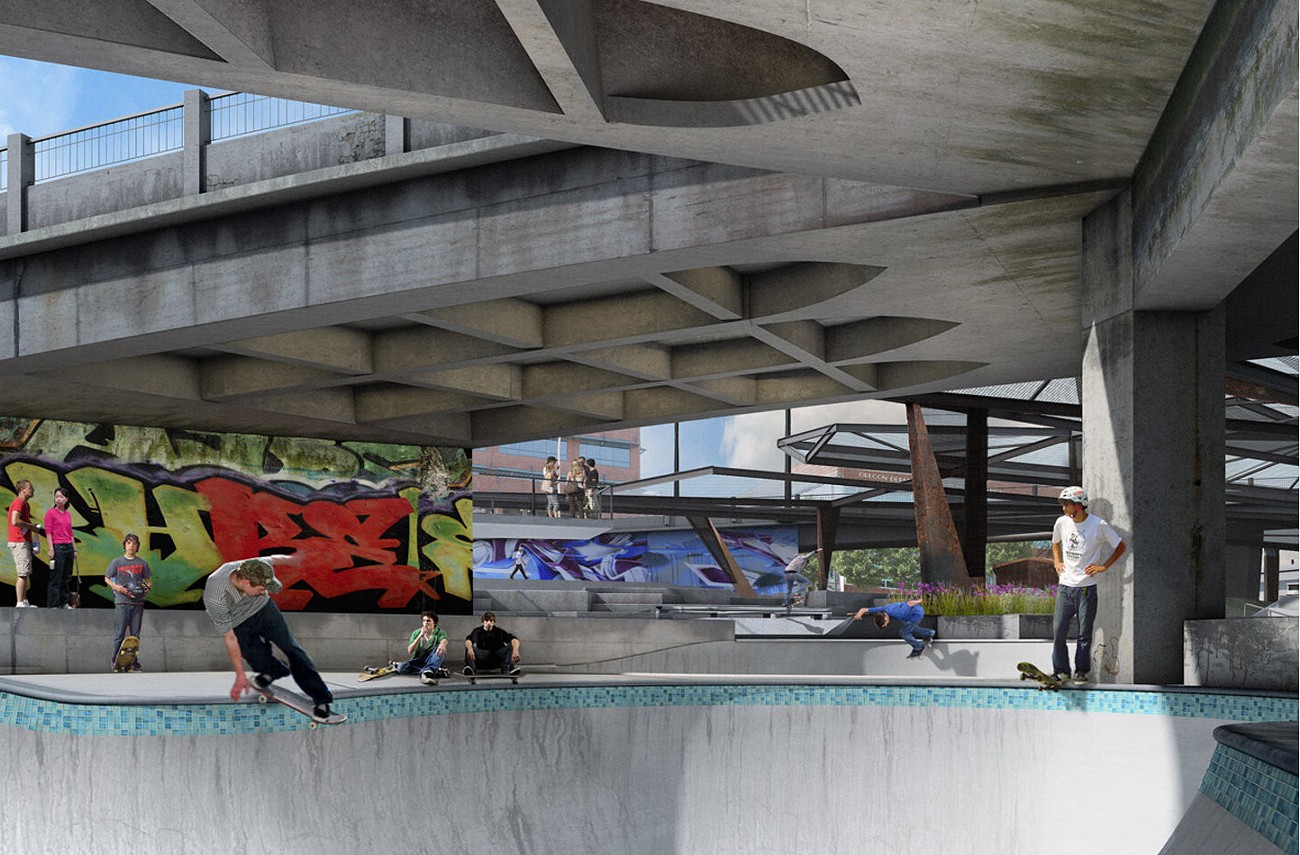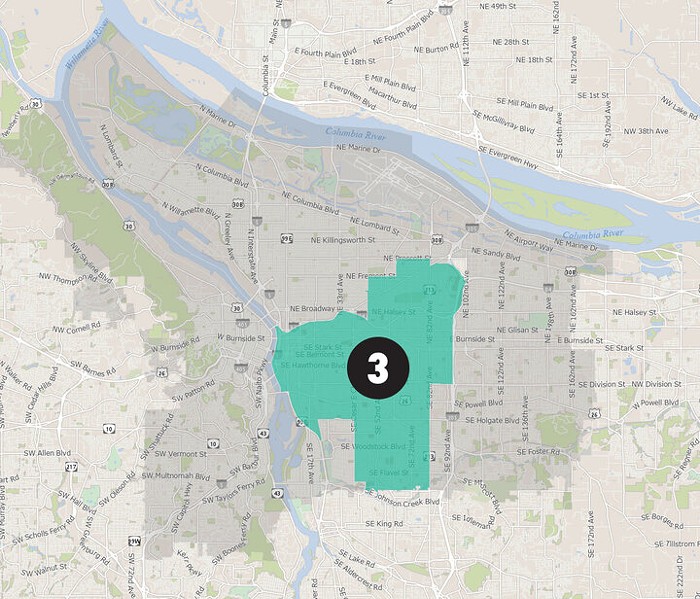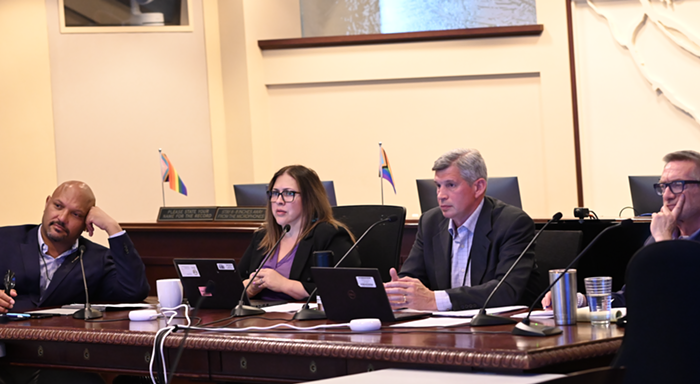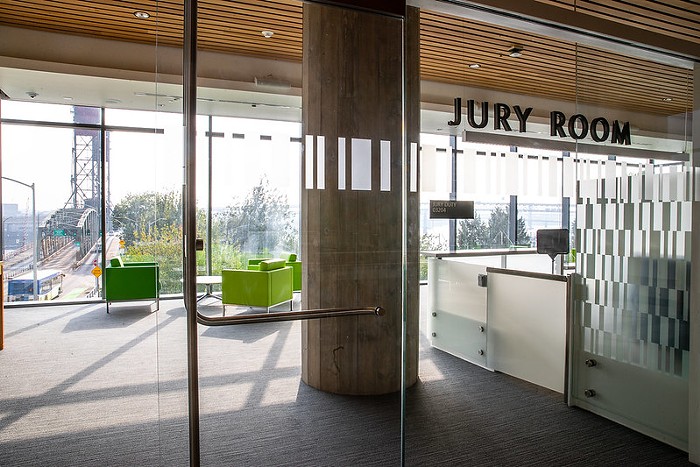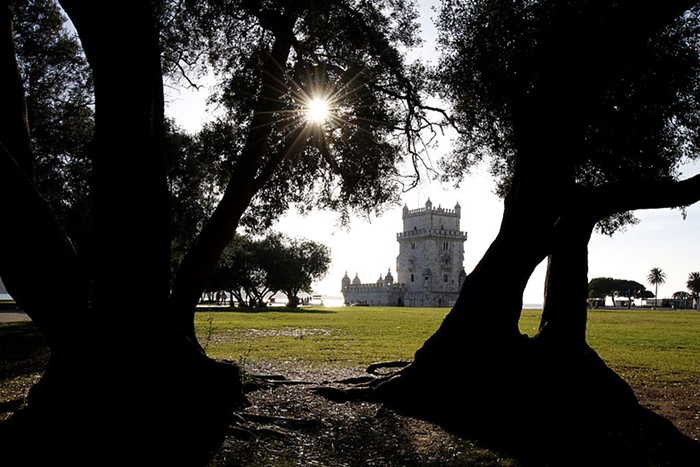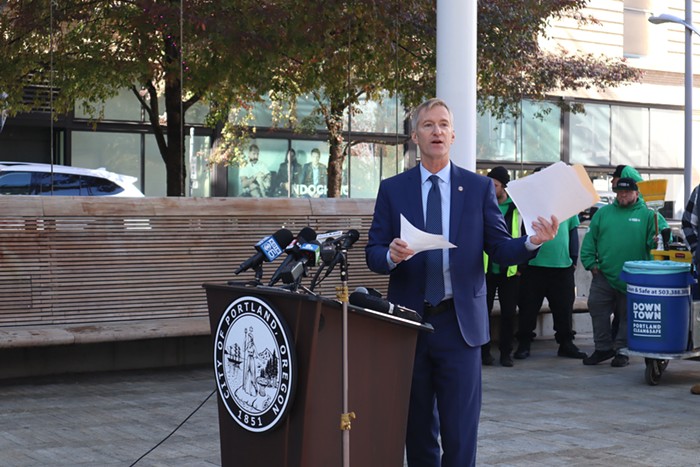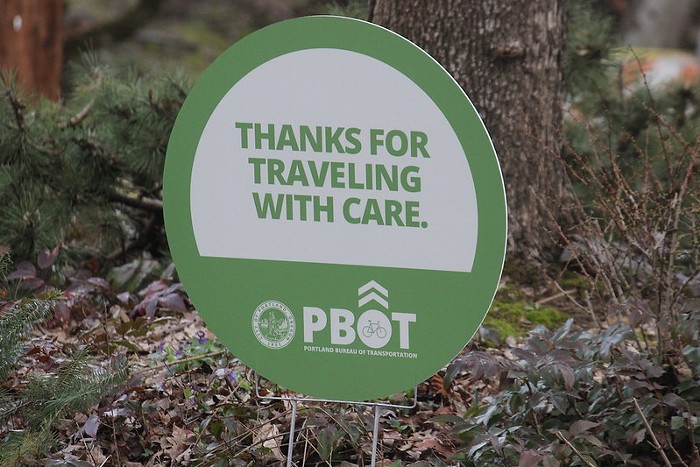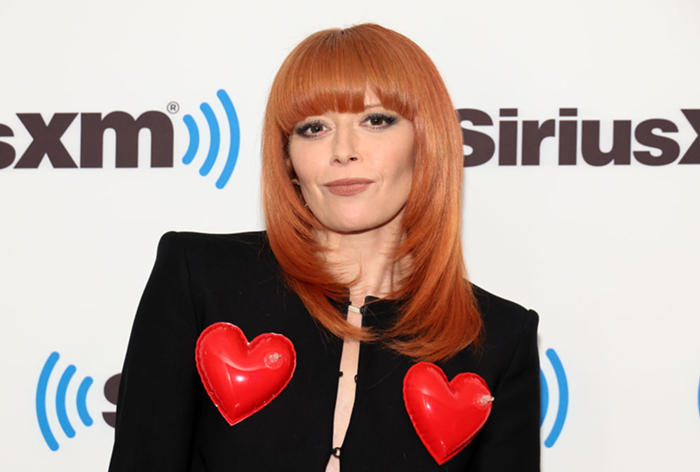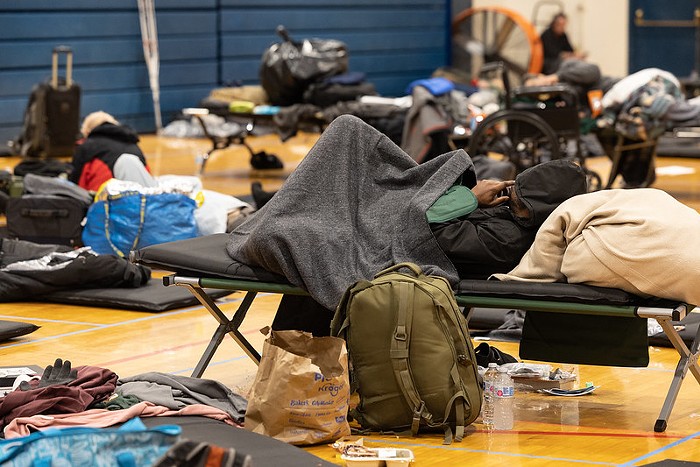A long-awaited Steel Bridge skatepark in Old Town is finally moving forward.
Portland Parks & Recreation (PP&R) announced Wednesday that $15 million in system development charges, called SDCs, will be directed toward construction costs on the new park.
Portland’s new skatepark will be near the Steel Bridge on the west side of the Willamette River. It was designed nearly two decades ago, and incorporated into the city’s Skatepark System Plan in 2008.
Since then, Portlanders have wondered if the park would ever be built. Recently, community groups pressured the city to move forward with funding and building the project.
Ryan Hashagen owns Icicle Tricycles in Old Town and is with the Steel Bridge Skatepark Coalition. Hashagen and the coalition were instrumental in working with the city to get the park prioritized.
“We’re very excited to see this investment in activating Old Town and creating a space that is inclusive of all,” Hashagen said Wednesday, noting the new park will “breathe life and energy into Old Town.”
In 2022, after Hashagen and skatepark coalition members grew impatient with the city, the group held its own unofficial “groundbreaking” at the park site, pouring a small concrete slab. The message: If the city doesn’t build the park, the community will.
Last June, on Go Skateboarding Day, the coalition testified at Portland City Hall, again renewing calls for the city’s parks department to make progress on the Steel Bridge Skate Park. The coalition vowed to keep pouring concrete at the site, until the city moved forward.
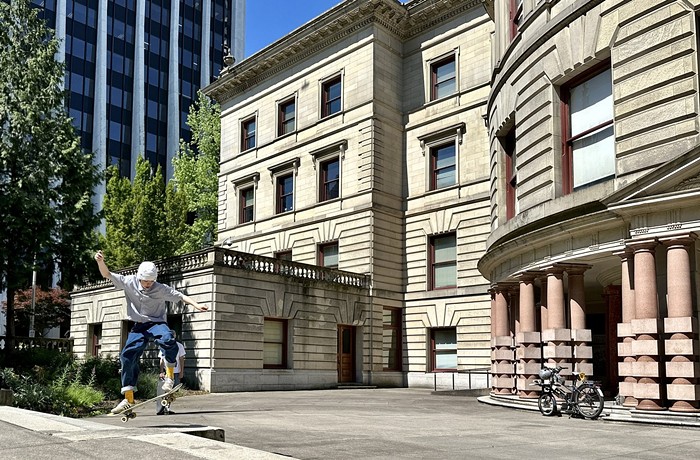
“We were trying to benevolently urge the city into action,” Hashagen told the Mercury.
Portland City Commissioner Dan Ryan, who oversees the city’s parks department, promised he was “committed to seeing this through” calling it a healthy project for the downtown area.
On Wednesday, Ryan reaffirmed his support.
“When we have more places to play, there is a better quality of life for our city,” Ryan said in a PP&R announcement. “Transforming part of Old Town into a citywide recreation destination will be a tremendous asset for our businesses, neighbors, and visitors from all over.”
The new park comes as the city’s parks bureau is floundering. According to the city, PP&R is staring down a “major maintenance backlog of around $600 million.”
“Without new, stable funding, the bureau predicts that one in five PP&R assets will fail in the next fifteen years,” PP&R noted in its skatepark announcement.
Portland’s parks are partially funded by SDCs, which are paid for by new development. The city’s parks bureau notes that by law, SDCs can only be used for expanding parks, or building new ones, not to “fix or maintain current assets.”
In addition to SDCs, the new skatepark also got $250,000 from Prosper Portland, the city’s economic and urban development agency. The project, which won landscape design awards for its innovative concept, was designed by DAO Architecture and Lango Hansen Landscape Architects, as well as Grindline Skateparks Inc.
Hashagen said the Steel Bridge Skatepark Coalition had productive meetings with city leaders in the years leading up to Wednesday’s announcement, and has long advocated for a public, central city skatepark that’s truly accessible to all skill levels and backgrounds.
The coalition has partnered with other groups, like The Street Trust, and Push Movement, a nonprofit, peer-led community aimed at using skating as a pathway to recovery from drugs and alcohol. The group has also found common ground with Portland All Wheels Welcome (PAWW), an informal skatepark meetup group primarily comprised of roller skaters.
The urgency for a new central city park was heightened with the anticipated temporary, intermittent closures of the Burnside Skatepark while the Earthquake Ready Burnside Bridge project gets underway in 2025. That project is expected to last at least six years.
Burnside Skatepark, a community-built site under the Burnside Bridge, might be Portland’s most iconic skateboarding spot, but its design–done by skateboarders and activists, rather than professionals–makes it notoriously difficult to maneuver.
“Our goals have been to create an active, inclusive, welcoming public space,” Hashagen said. “Burnside [Skate Park], while incredibly historic, groundbreaking, and world-renowned, is not a space that is designed for all users.”
Hashagen and the skatepark coalition say the new site will be suitable for skateboarding, roller skating, scooters, and BMX riders, with space for an audience, should the city ever decide to host major events at the park.
The timing seems critical, given Portland’s recent push to revitalize downtown, and Old Town in particular, after years of declining foot traffic.
The base of the Steel Bridge was previously inhabited by a large encampment of unhoused people, raising concern about the project displacing them. Coalition members said they believed in “housing for everyone,” and didn’t think the park would compete with or threaten those living at the site.
Last spring, those living under the bridge were impacted by a fire and subsequent sweeps of camps by local agencies. Today, part of the site is covered with large boulders and remains inaccessible. Another portion is closed off by a temporary safety barrier.
The park site is currently managed by the Portland Bureau of Transportation and the Oregon Department of Transportation. The city expects to acquire the property this spring.
